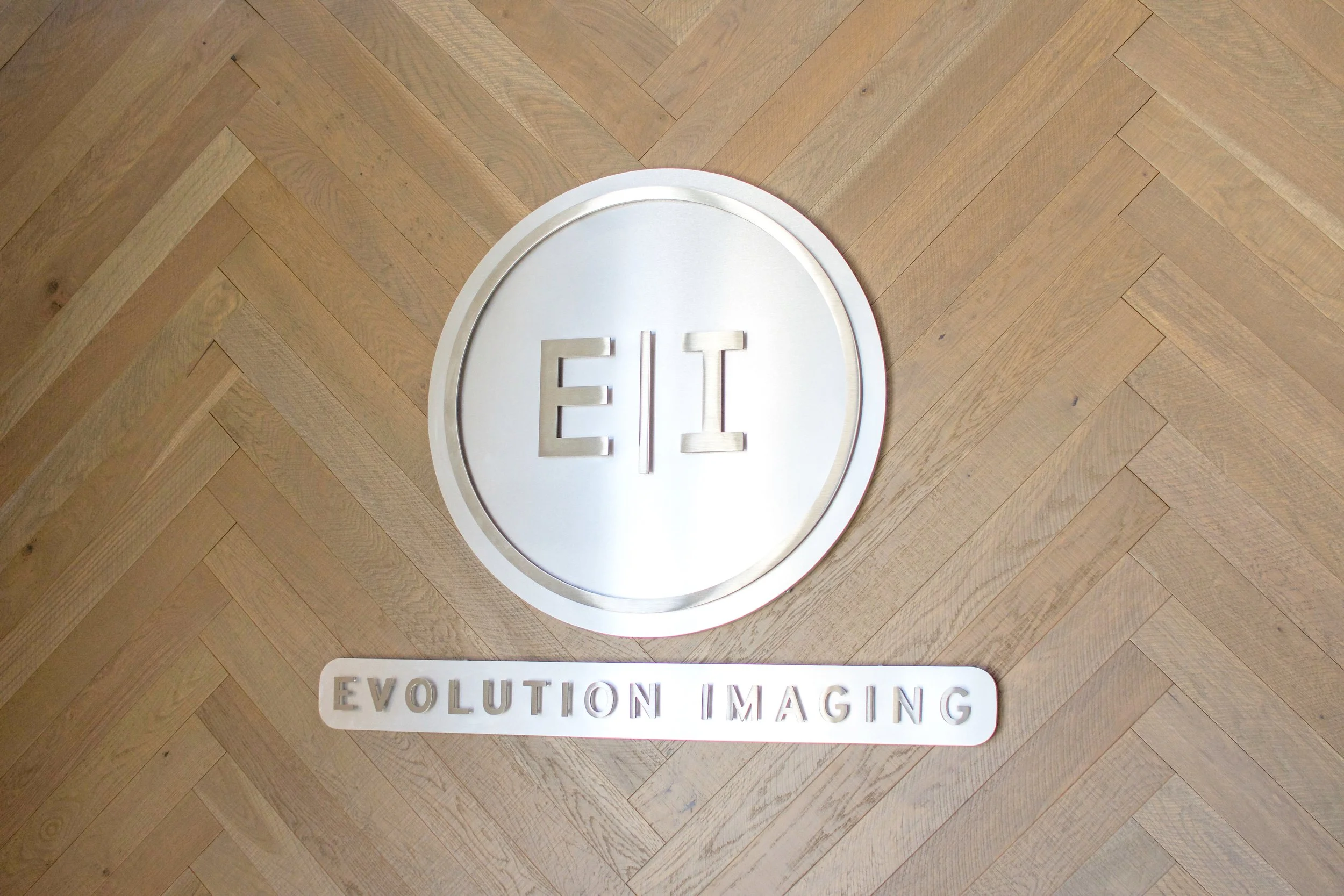Arthrogram & MR Arthrogram at Evolution Imaging
An arthrogram is a specialized imaging procedure used to visualize the inside of a joint with enhanced clarity. It involves the injection of a contrast material—commonly referred to as “dye”—directly into the joint space. This contrast helps highlight structures that may not be visible on a standard X-ray, including cartilage, ligaments, tendons, and the joint capsule.
This diagnostic tool is especially helpful when standard imaging does not provide enough information about the cause of joint pain or limited motion.
Why Arthrograms Are Performed
Arthrograms help diagnose unexplained joint pain or dysfunction by clearly showing soft tissue structures. They are commonly used to evaluate:
Tears in ligaments, tendons, or cartilage
Abnormalities of the joint capsule
Loose bodies within the joint
Cysts or abnormal growths
Post-surgical evaluations
Guided needle placement for joint injections
How it Works
1. Contrast Injection
A radiologist will inject contrast material directly into the joint using a thin needle, often guided by fluoroscopy or ultrasound. In some cases, a local anesthetic is applied to numb the area. If excess joint fluid is present, it may be removed before the contrast is introduced.
2. Imaging the Joint
Once the contrast is injected and distributed, a series of images is taken using one or more of the following imaging techniques:
X-ray – Shows joint outlines enhanced by the contrast.
Fluoroscopy – Offers real-time, moving X-ray images.
MRI (Magnetic Resonance Imaging) – Offers high-resolution images of soft tissue.
Types of Arthrograms
-
Uses X-rays or fluoroscopy with an iodine-based contrast.
-
Uses a gadolinium-based contrast and MRI to provide detailed soft tissue images.
-
Direct Arthrography: Contrast is injected directly into the joint.
Indirect Arthrography: Contrast is injected into the bloodstream and absorbed into the joint (less common).
What to Expect After the Procedure
After your arthrogram, you may be advised to rest the joint for 12–24 hours. Mild discomfort such as swelling, pain, or a feeling of fullness is normal and can usually be relieved with ice packs and over-the-counter pain medication.
Contact your physician if you experience:
Persistent or worsening pain
Swelling, redness, or warmth
Fever
MR Arthrography: Enhanced Imaging
When combined with MRI, the procedure becomes MR Arthrography, a powerful tool for detecting subtle joint abnormalities. The gadolinium contrast coats soft tissue structures inside the joint, improving their visibility on MRI.
Benefits of MR Arthrography include:
Clear visualization of small tears and detachments
Better outline of cartilage surfaces and irregularities
Detection of loose bodies within the joint
Detailed assessment of postoperative changes
Key Differences Between Arthrogram Types
-
Standard Arthrogram
Iodine-based (X-ray visible)
MR Arthrogram
Gadolinium-based (MRI visible)
-
Standard Arthrogram
X-ray or Fluoroscopy
MR Arthrogram
MRI
-
Standard Arthrogram
Moderate
MR Arthrogram
High
-
Standard Arthrogram
Yes
MR Arthrogram
None
-
Standard Arthrogram
Short
MR Arthrogram
Longer (due to MRI scan)
Schedule Your Arthrogram Today
Arthrograms — especially when combined with MRI — are a valuable diagnostic option when joint pain or dysfunction cannot be fully evaluated with standard imaging. Whether you’re dealing with sports injuries, joint instability, or post-surgical concerns, this enhanced imaging procedure provides clarity and confidence in diagnosis and treatment planning.
At Evolution Imaging, we prioritize your comfort and diagnostic accuracy. Contact us today to book your Arthrogram appointment and experience imaging in a whole new way.





